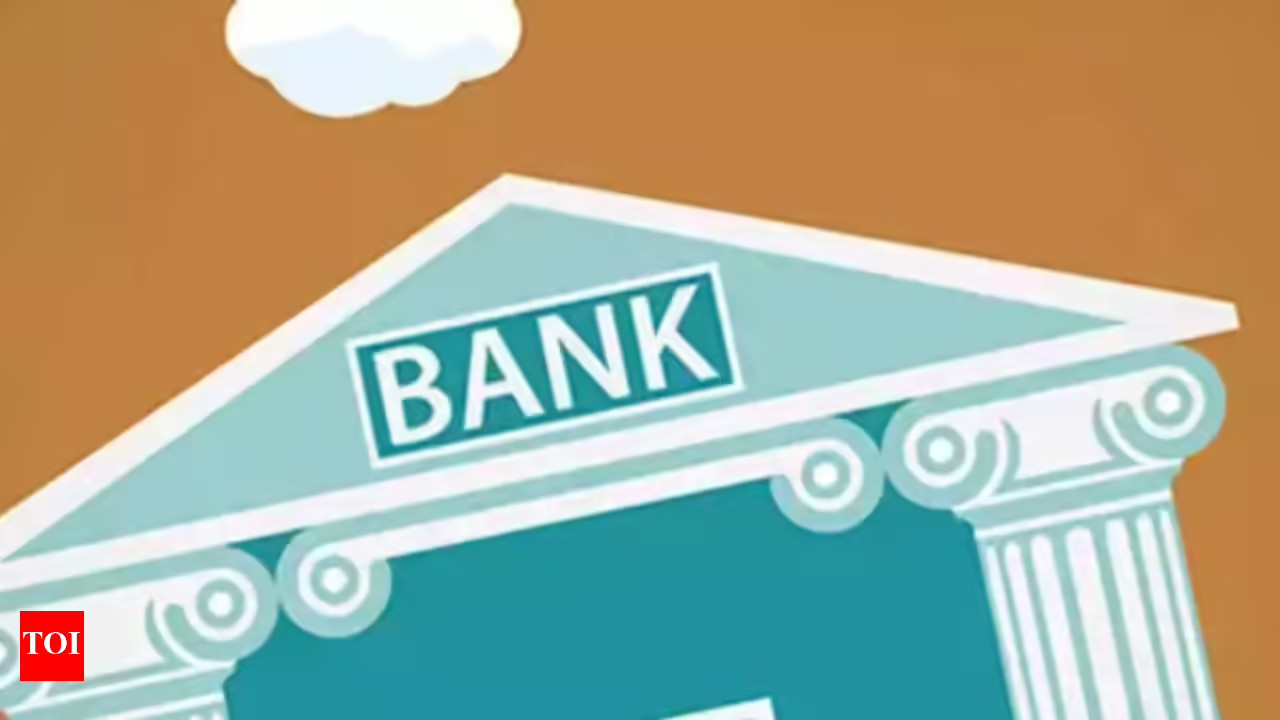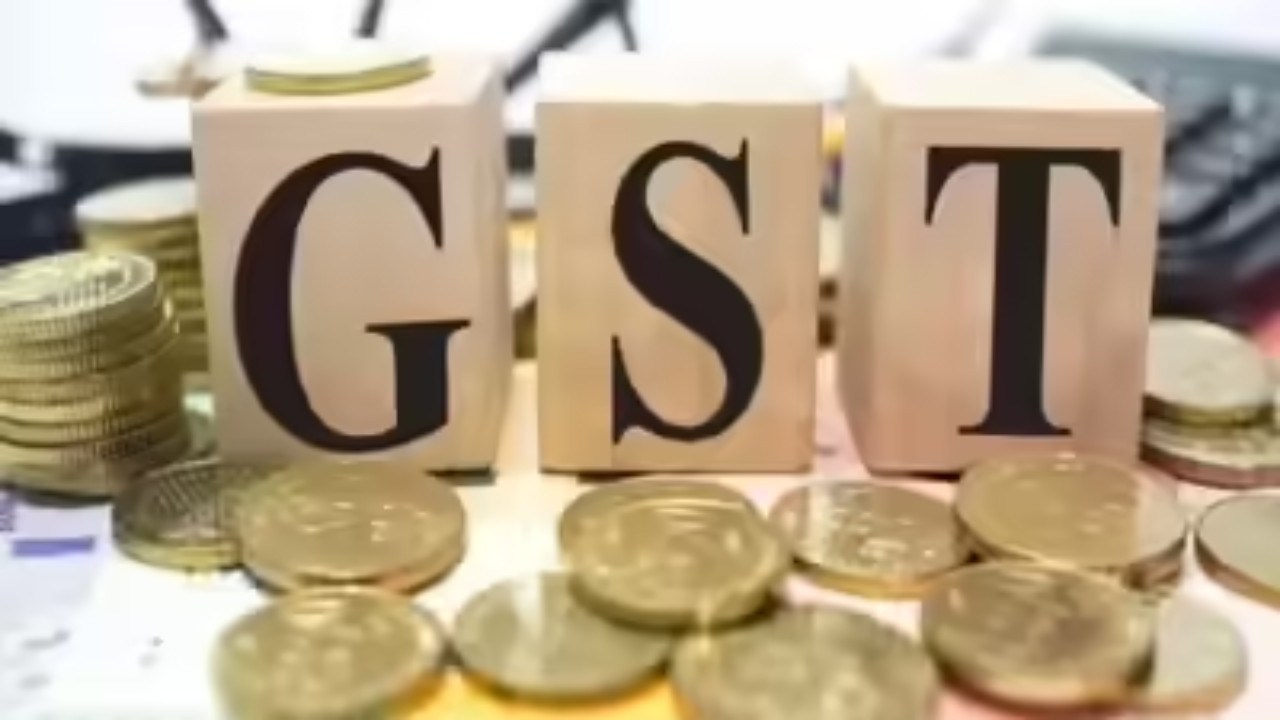To achieve Viksit Bharat objectives and regulatory reforms, the government has formed two high-level committees led by Rajiv Gauba. One committee focuses on Viksit Bharat goals, while the other addresses non-financial sector regulations. These committees, including secretaries and industry leaders, will collaborate with ministerial groups led by Amit Shah and Rajnath Singh, following the Prime Minister’s call for next-generation reforms.
Charting a Course for Viksit Bharat: High-Powered Panels Take the Helm
India’s ambition to transform into a developed nation – Viksit Bharat – by 2047 has just received a significant boost. Think of it as mission control getting a serious upgrade. The government has established two high-level committees, strategic formations designed to drive reforms across various sectors and propel the nation toward its ambitious goal.
It’s no secret that achieving such a grand vision requires a multi-pronged approach. We’re not just talking about incremental changes; we’re talking about deep, systemic reforms that touch every corner of the economy and governance. These panels, headed by Cabinet Secretary Rajiv Gauba, signal a serious commitment to making that happen. They represent a proactive step, a recognition that simply wishing for a developed India isn’t enough – strategic planning and focused execution are paramount.

Unpacking the Mandate: What Will These Panels Actually Do?
These aren’t your typical advisory boards. The mandate is clear: identify key reforms needed to achieve Viksit Bharat and then, crucially, oversee their implementation. One panel focuses specifically on reforms related to ministries and departments, examining existing structures and processes to identify bottlenecks and inefficiencies. This is about streamlining the machinery of government, making it more responsive and effective in delivering results. Imagine a supercharged engine for policy execution – that’s the goal.
The second panel focuses on states. India’s federal structure means that the active participation and cooperation of state governments is absolutely critical. This panel will work directly with states, understanding their unique challenges and opportunities, and fostering collaboration to drive reforms at the grassroots level. This recognizes that Viksit Bharat isn’t just a national project; it’s a collective journey where every state plays a vital role.
Why Now? The Urgency Behind the Reforms
The 2047 deadline, marking the centennial of India’s independence, adds a sense of urgency and focus to the entire Viksit Bharat initiative. It’s a powerful reminder of the nation’s potential and a call to action to realize that potential within a defined timeframe. The creation of these panels underlines the government’s resolve to stay on track and accelerate progress. We need to remember where we are now as a nation and what resources are needed to get to where we want to be.
Think of it as a race against time. The reforms identified and implemented through these panels are designed to create a ripple effect, fostering economic growth, improving social indicators, and enhancing India’s global competitiveness. And while the roadmap is being carefully charted by these new panels, many related initiatives are already underway, such as the massive infrastructure buildout you can read about here.
Focus on Efficiency and Implementation:
The crucial aspect isn’t just about identifying reforms, but also about ensuring their effective implementation. The committees will play a pivotal role in monitoring progress, addressing roadblocks, and ensuring that reforms translate into tangible benefits for citizens. This focus on implementation is what sets these panels apart. It’s not just about making recommendations; it’s about making things happen.
Challenges and Opportunities Ahead:
The path to Viksit Bharat is not without its challenges. Implementing reforms across diverse sectors and states requires careful coordination, stakeholder engagement, and a willingness to adapt to changing circumstances. Overcoming bureaucratic hurdles, building consensus among different interest groups, and ensuring equitable distribution of benefits are all key challenges that need to be addressed.
However, these challenges also present significant opportunities. By embracing innovation, leveraging technology, and fostering a culture of collaboration, India can overcome these hurdles and unlock its full potential. The Viksit Bharat initiative represents not just a vision of economic prosperity, but also a vision of a more inclusive, sustainable, and resilient India. The Viksit Bharat plan is about realizing India’s full potential.
The formation of these high-level committees is a significant step forward in India’s journey towards becoming a developed nation. Their success will depend on their ability to effectively identify, implement, and monitor reforms across all sectors and states, and ensuring that the benefits reach all segments of society. The stage is set, the players are in place, and the countdown to 2047 has begun. The ambition is clear, and the journey promises to be transformative.







